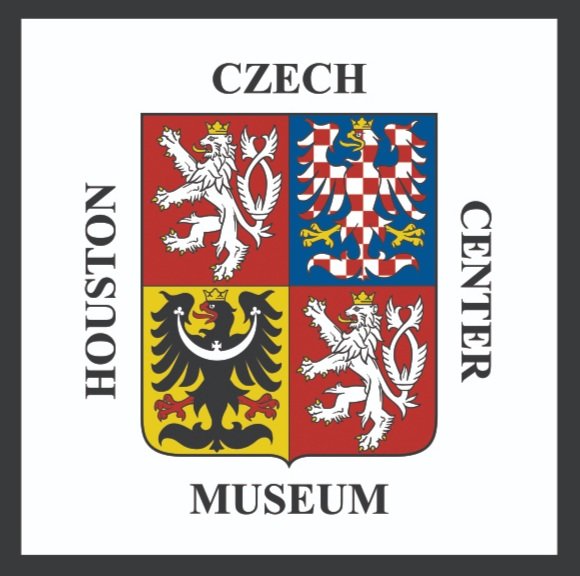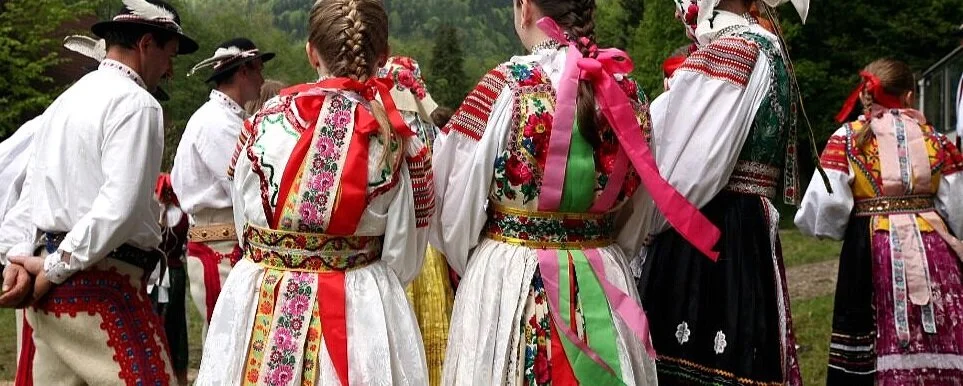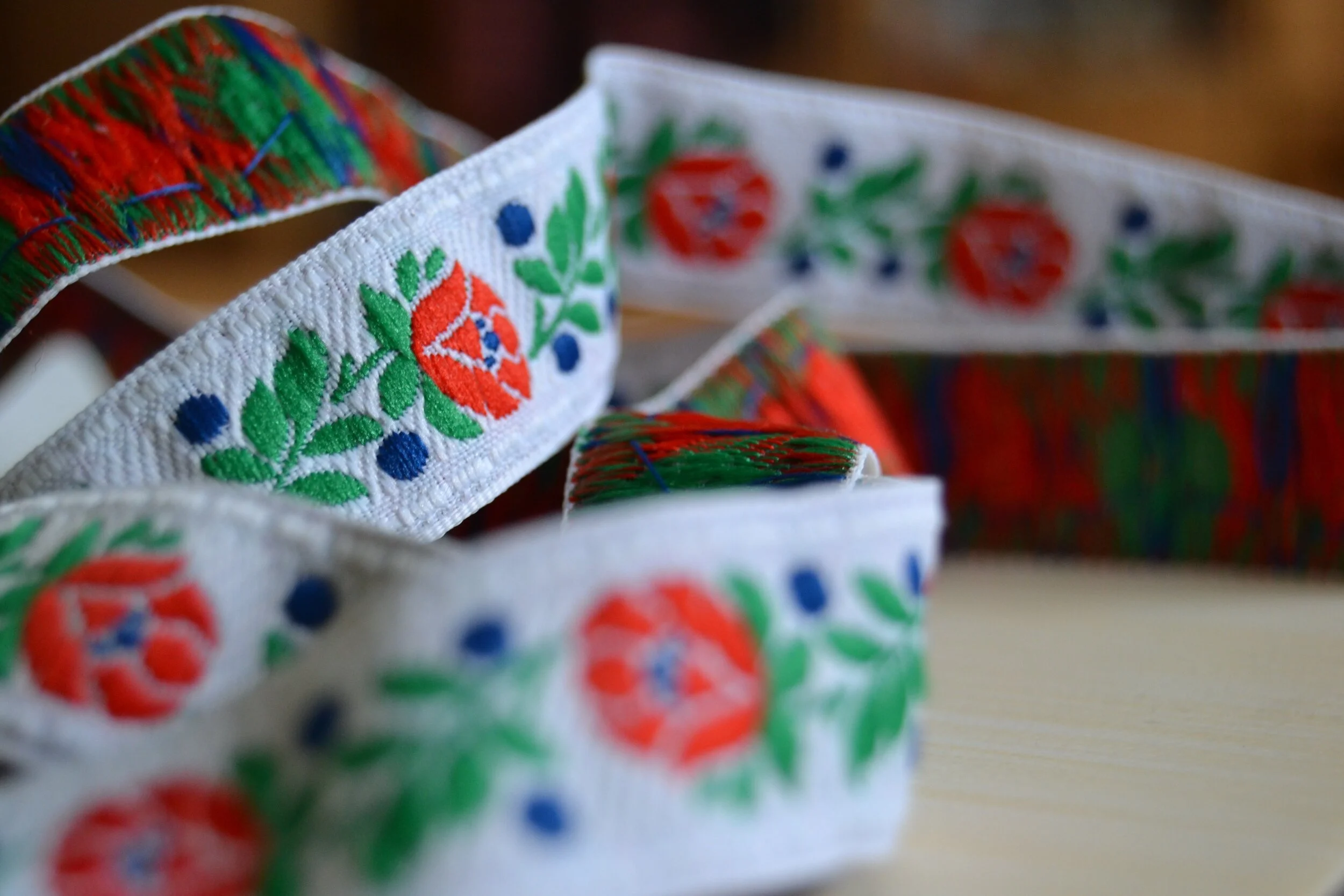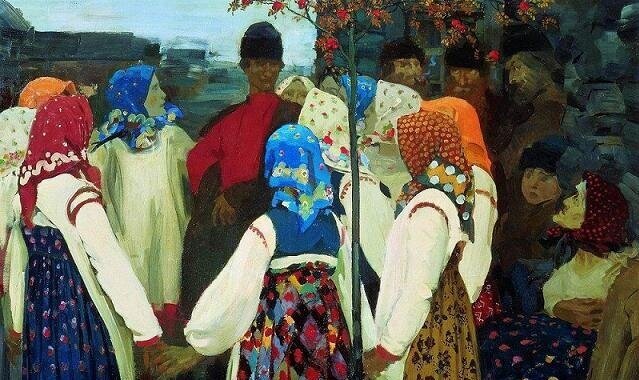In 2019, over 2 million people in the United States reported being of Czech or Slovak heritage, according to the U.S. Census Bureau. Many of these individuals are descendants of Czech immigrants that have developed their own unique culture that blends their Czech heritage with American traditions.
The Czech Republic and its’ Contribution to Cinematography
Czech Spring Rituals and Celebrations of Love
In Slavic cultures, spring has always been the most important time of the year - it’s the time of rebirth, associated with life, fertility, and love. Ancient Slavs celebrated the end of winter and the coming of spring with a number of festivals and rituals. Among Czechs, one such tradition has survived to this day - popularly known as Czech Valentine’s Day.
Pilgrimage Church of St. John of Nepomuk
Czech Street Food
Food is one aspect of culture that is almost universally accessible. For many traveling, trying different cuisines, especially street foods, is an exciting part of visiting a new country. The Czech Republic has its own unique kitchen, and although the popularity of street foods is still growing, there are some dishes that are well-known in the country.
The Czech Republic's Communist-Era Architecture
For the Communist countries in Eastern Europe, the necessary rebuilding following World War II was accomplished in the construction style that the Soviet Union popularized. As a result of this period, the Czech Republic has many buildings and monuments that differ significantly from the historic ones surrounding them, serving as a reminder of its Communist era.
10th Anniversary of Krtek in Space
Five Czech Towns to Visit
With twelve UNESCO World Heritage Sites, four awe-inspiring national parks, and literally thousands of castles, there is much to see in the Czech Republic beyond the beautiful city of Prague. Today, we’ve compiled a short list of five towns that definitely warrant the trip next time you visit the country.
Memento Mori
The Kroj - A Connection to Czech Heritage
Prague's St. Vitus Cathedral
Prague Castle is one of the biggest tourist attractions in the city. This complex is the largest in the world, and people from around the world visit to marvel at the site. Inside the castle complex lies St. Vitus Cathedral, the biggest cathedral in the Czech Republic and a wonder of Gothic architecture.
Joža Uprka
Jan Žižka
Věra Čáslavská: Athlete and Activist
Athletes have long been using their high-visibility platforms to comment on social issues and raise awareness. Věra Čáslavská, a gymnast from the now Czech Republic, is not only famous for her unparalleled success at the Olympic Games but her strong stance against the Soviet invasion of her country.
Prague Spring
Jan Hus: Czech Reform Theologian
Only a few years before Jan Hus was born, the Middle Ages came to a close. The term "Middle Ages" is used by modern scholars to reference a specific period in history. It began roughly with the collapse of Roman civilization around the 5th Century CE to the Renaissance. There are a few conflicting starting points for the Renaissance period. Depending on the location in Europe, the Renaissance started around the 13th, 14th, or 15th Centuries.
Prophecies of Libuše
This ancient Bohemian legend dates back to the 8th century and tells the story of an oracle who foretold the coming of a golden city. Libuše, and her prophecies, were both a warning and blessing to her people. Ultimately, her prophetic visions would cause a chain reaction that would end her rule and usher in the Přemyslid Dynasty.
The Golem of Prague
Legends and myths permeate every culture on Earth. Every corner of the globe has a harrowing cautionary tale to tell. Here we observe the prominent Czech legend of a Golem brought to life by a Rabbi. To set the scene, we must travel back to Prague circa 1583. It’s here that we find Holy Roman Emperor Rudolf II and his odd collection of art, practicing scientists, alchemists, and an obsession with occult knowledge.
The Slavic Circle
The circle is one of the most widespread and universal symbols. It commonly represents unity, wholeness, and infinity. In Slavic culture, it is especially important, often associated with the Sun, protection, and rebirth. Perhaps some of the most preserved examples of this symbol are the Slavic circle dances: kolo and khorovod.
Koláče, Klobásníky, and Czech Cuisine
If you’re from Texas, you’re guaranteed to have tried kolache - a savory sausage wrapped in a roll of sweet dough. However, that name is misleading. A kolač (pronounced kolach) is actually a sweet pastry made of puffy dough with a fruit filling. Originally brought to the United States by Moravian immigrants, it’s now a widespread dessert and snack. The savory snack mistakenly referred to as kolache, is actually called klobasniky, and it has an interesting Texan origin.

























